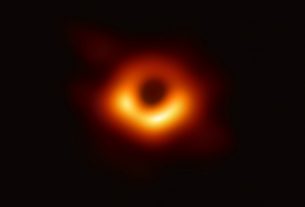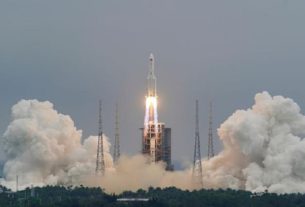Space debris mitigation satellite Shijian-21 recently docked with an old Chinese satellite to change its orbit. According to US tracking data, the “dead” satellite is now more than 3,000 kilometers from its place of origin. He no longer poses any danger.
A scrapped Chinese satellite
On October 24, China launched Shijian-21, described as a “satellite capable of handling orbital debris“. What exactly would its mission be? As usual, this country does not communicate much about its space activities, forcing the United States to keep an eye on it, especially since the classified nature of the mission suggested that it could serve military objectives.
According to SpaceNews, the first operations finally took place at the end of December. During a maneuver, Shijian-21 indeed approached the defunct Beidou-2 G2 navigation satellite before docking with the structure (see video below).
According to the American authorities, Shijian-21 would then have towed its “carcass” on January 22 at approximately 3000 kilometers above the geosynchronous orbit, which did not fail to surprise the specialists. Indeed, dead satellites are usually only positioned about 300 kilometers above the geosynchronous orbit.
Shijian-21 finally undocked from Beidou-2 G2 on January 26 before returning to position itself in its geosynchronous orbit, according to tracking data recently released by the US Space Force’s 18th Space Control Squadron (SPCS). From now on, the deceased satellite, which has not operated for more than ten years, no longer represents any danger.
Other entities are also working on in-orbit servicing capabilities. Space Logistics, a wholly owned subsidiary of Northrop Grumman, notably launched two mission extension vehicles (MEV-1 and MEV-2) a few months ago. From now on, this type of maneuver is no longer the prerogative of the Americans: China is also capable of it. The maneuver was all the more ambitious as this satellite was completely inactive.
A game of hide and seek
Along with orbital servicing of its satellites, China is also engaging in increasing its “counterattack” activities. A few weeks ago, USA 270, an American satellite, indeed approached a pair of new Chinese technology test satellites, Shiyan-12 (01) and (02), as it drifted towards the east, just below the geostationary belt.
While he was about 73 kilometers from the two Chinese satellites, the latter operated an avoidance maneuver (see video below). The Chinese authorities therefore monitored this approaching satellite and reacted to a potential threat. Such approaches are not prohibited by existing legislation, but they have multiplied in recent years among the major space powers.

Email: ben@satprwire.com Phone: +44 20 4732 1985
Ben has been listening to the technology news for quite some time that he needs just a single read to get an idea surrounding the topic. Ben is our go-to choice for in-depth reviews as well as the normal articles we cover on a normal basis.



